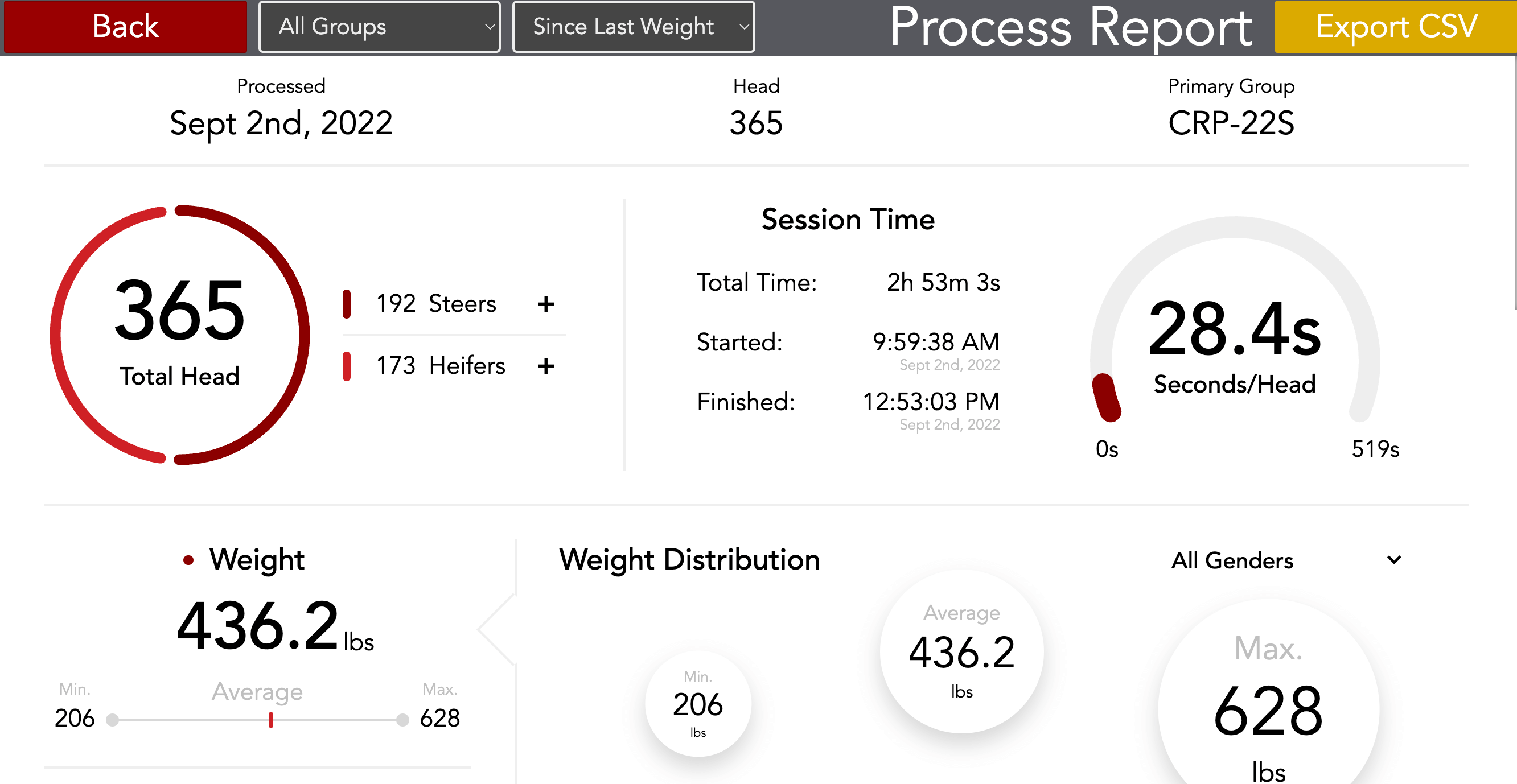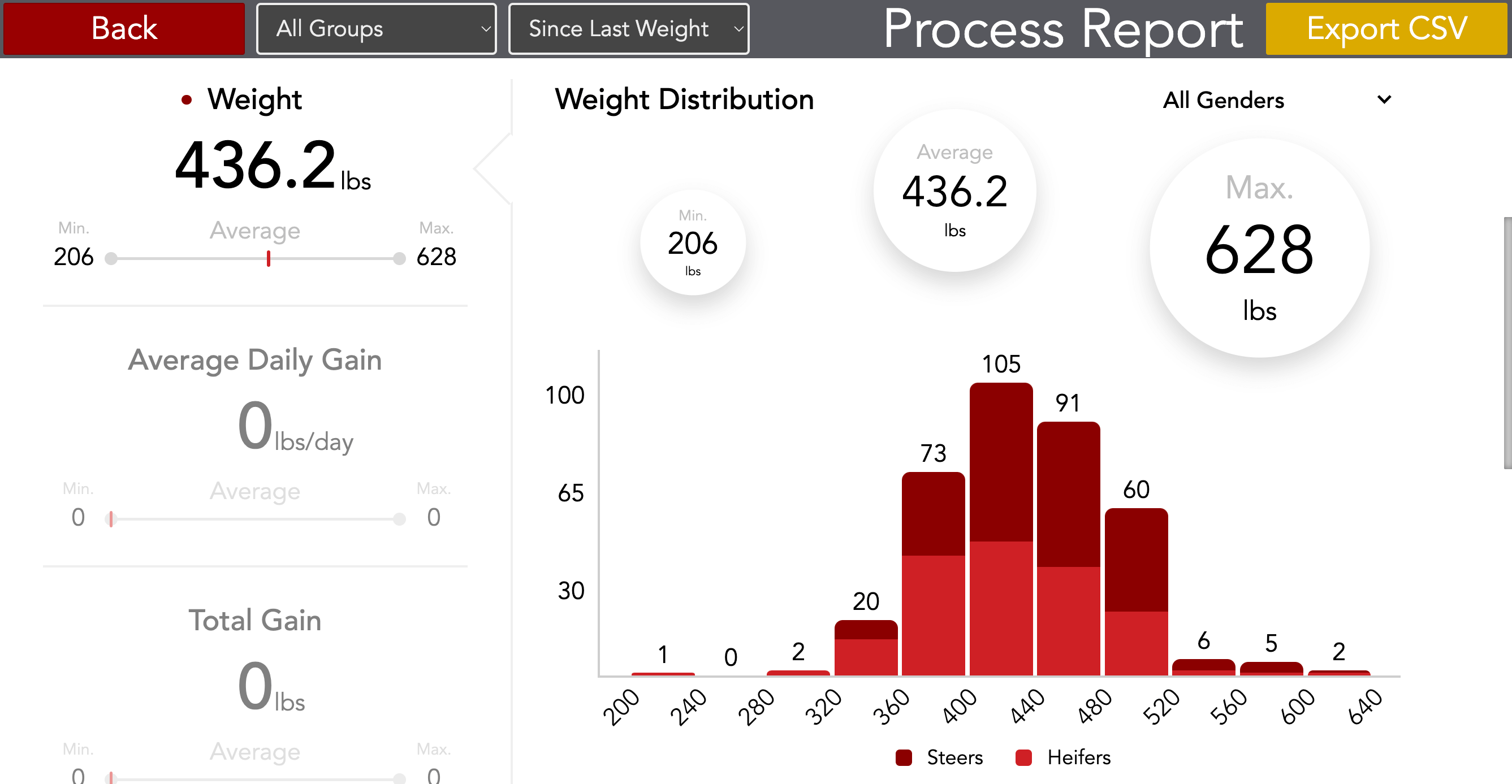What’s the difference between low-frequency (LF) and ultra-high frequency (UHF) EID tags?
Simply put, UHF tags can be read from a greater distance and generally offer more opportunity for automation compared to LF tags. Performance Beef’s animal health features are compatible with both tag types to streamline processing and treatment data.
Here are some considerations as you decide which option works best for you:
UHF tags
Can be read from several feet away: UHF tags are designed to be read from several feet away, which is often more convenient as you’re running cattle through the chute.
UHF tag reader: The most common type is installed above the head catch on a chute. This setup syncs with Performance Beef to capture each animal’s data as they’re run through the chute hands-free.
Compatibility with other programs: There is only one UHF tag currently offered that works as an official ID, Anitrace. If using any other UHF tag, producers would have to tag cattle with another official ID to ensure program compliance.
Using with Performance Beef: As each animal is caught, the UHF tag is automatically read and registered on the iPad screen for a more hands-off approach.
Other considerations: UHF tags usually come with a visual component, so they can be that animal’s stand-alone tag. Check with your local packing plant to check tag compatibility if getting carcass data back is important to you.
As Kelly and Sydney Hoegger run cattle through the chute, the reader above the head catch reads each animal’s UHF tag and registers on the iPad. Read more about equipment installation here.
LF tags
Can be read at 8 inches or less: LF tags require each tag to be individually scanned to capture data.
LF tag reader: A wand is the most common LF tag reader. Panel readers that mount on the chute head catch are another option, though less commonly used.
Compatibility with other programs: Most LF tags are 840 tags that work as official IDs. An 840 tag always is a program-compliant tag, but there are other tags like 982 tags, that are program-compliant, but not official IDs.
Using with Performance Beef: Using LF tags requires each animal’s tag to be scanned by a wand reader.
Other considerations: LF tags (also referred to as button tags) don’t have a visual component to them. Some LF tags will come nested with the button tag and a separate panel tag with a visual component. LF tags are more likely to be accepted at packing plants.
See how this South Dakota operation got set up processing cattle using LF tags on the Performance Beef system.
Processing summary results
See processing summary results after Travis Cowan got set up with LF tags on the Performance Beef system. Explore low-frequency wands compatible with Performance Beef here.
Get started
Using LF or UHF tags with Performance Beef is a great way to streamline reading and managing data. Use whatever system best fits your marketing goals.
If you’re ready to put Performance Beef’s animal health features to use or have questions, request a demo here.
Interested in making the switch to UHF tags? Check out what we have to offer for UHF tags and tag readers.
CHECK OUT PERFORMANCE BEEF FOR YOURSELF
Our digital demo walks you through popular functions in our app, helping you visualize how it can easily become part of your day-to-day tasks.




